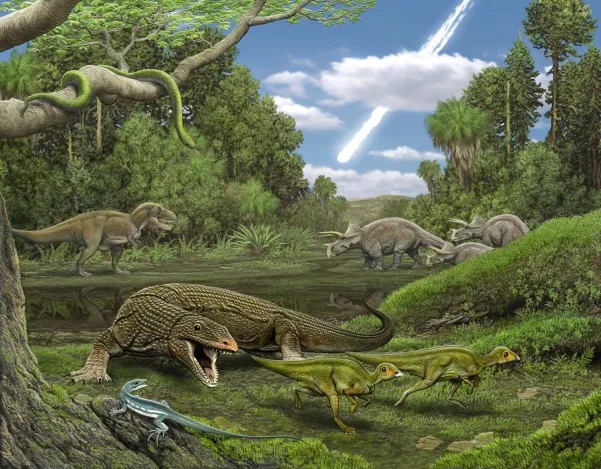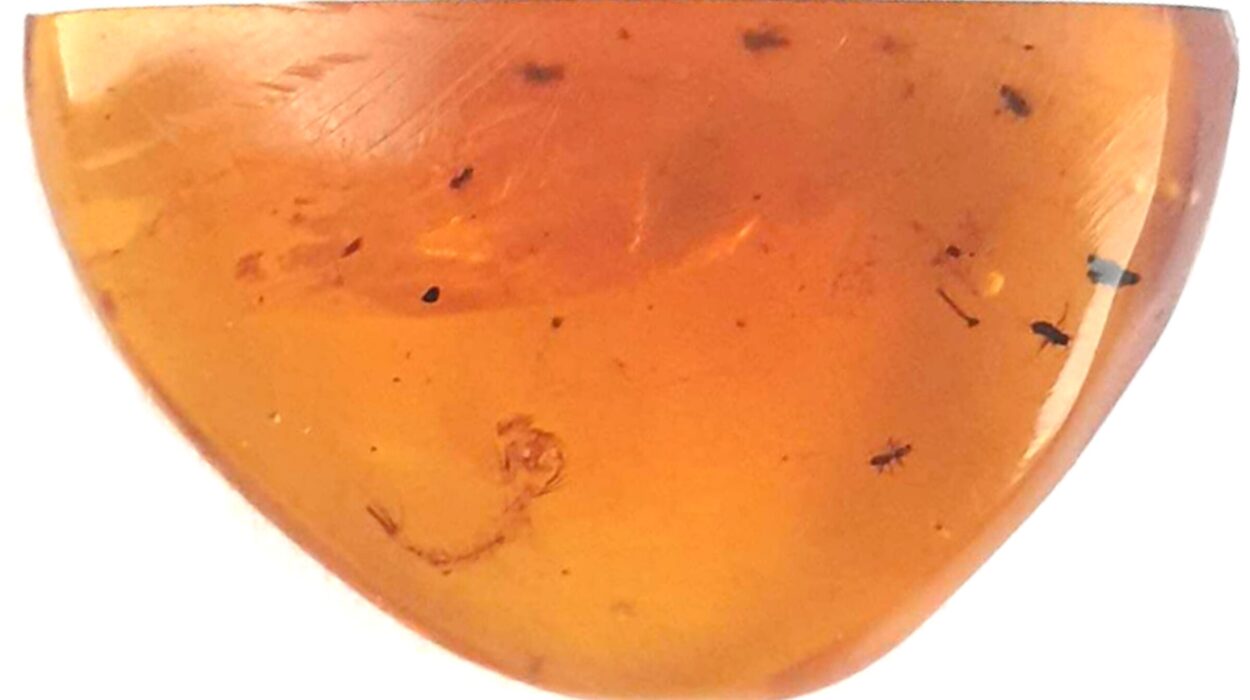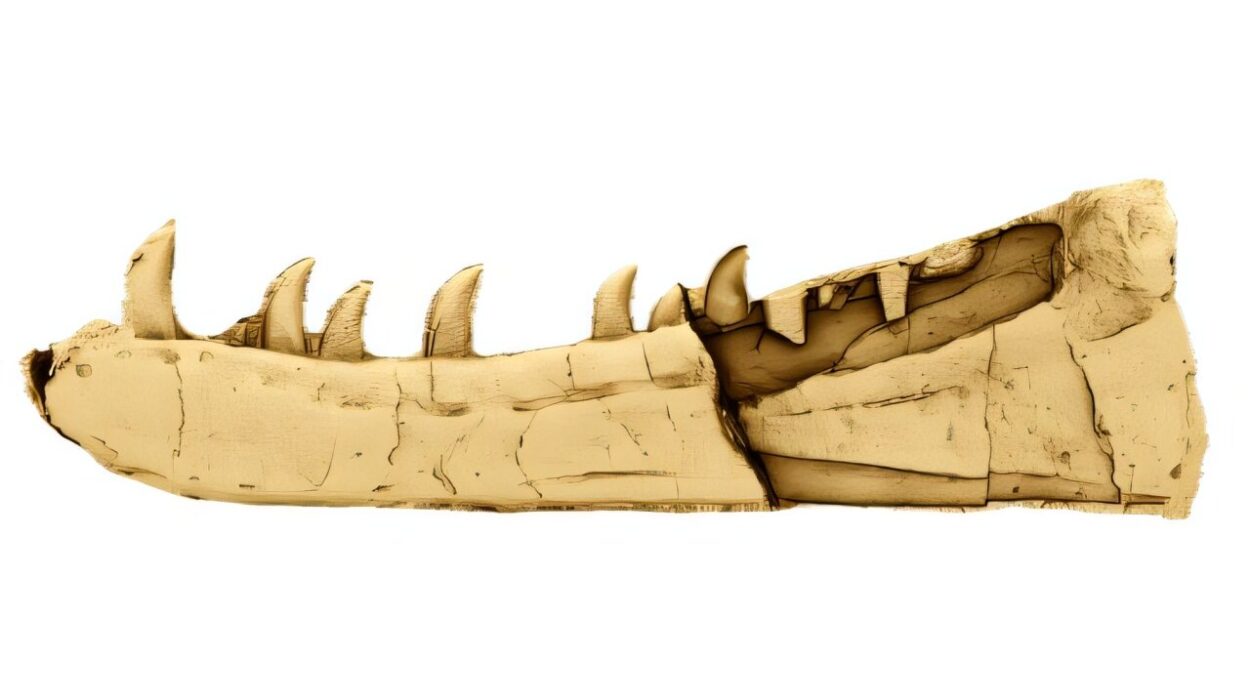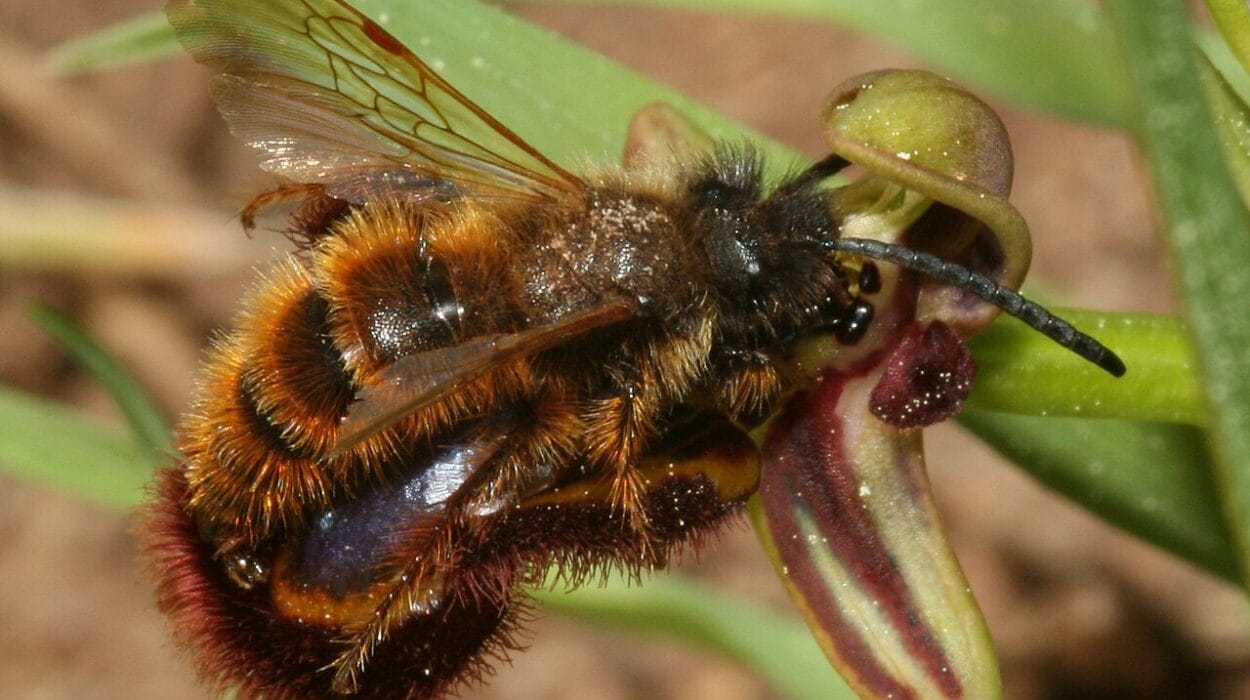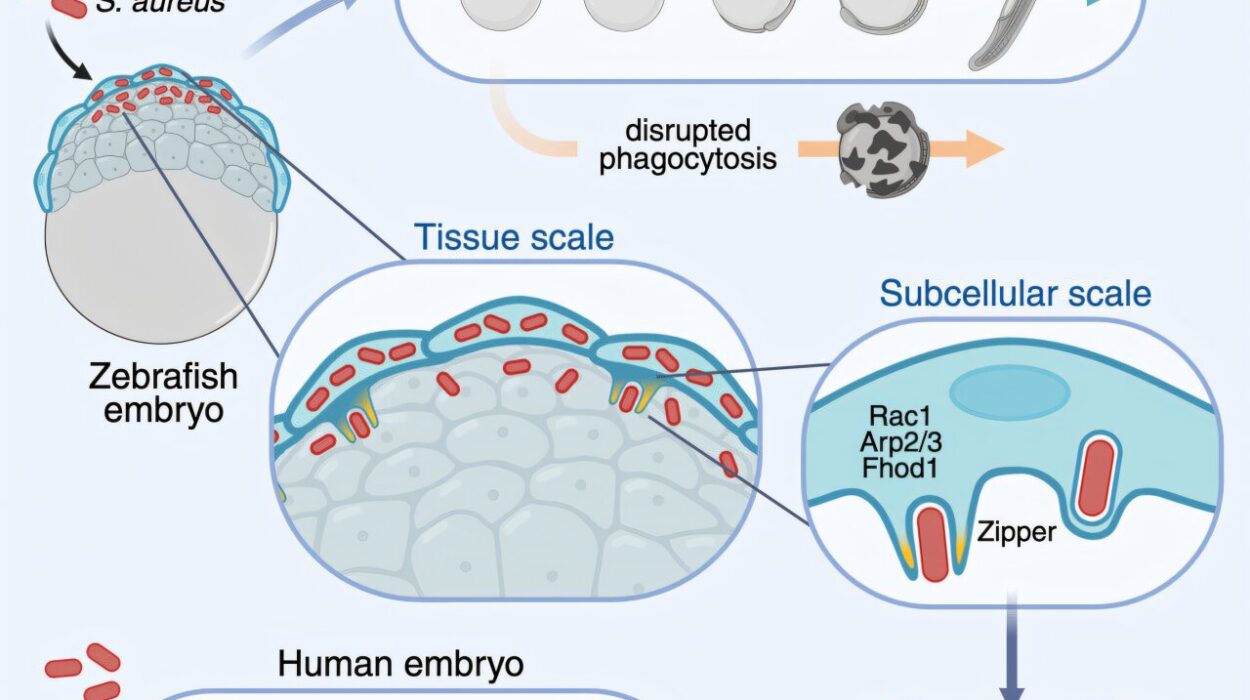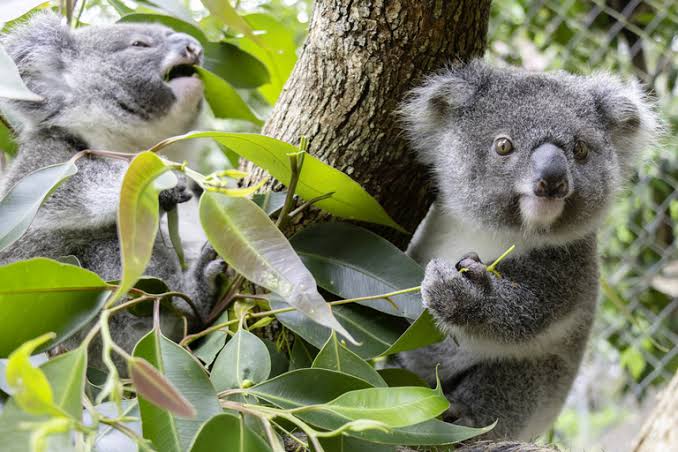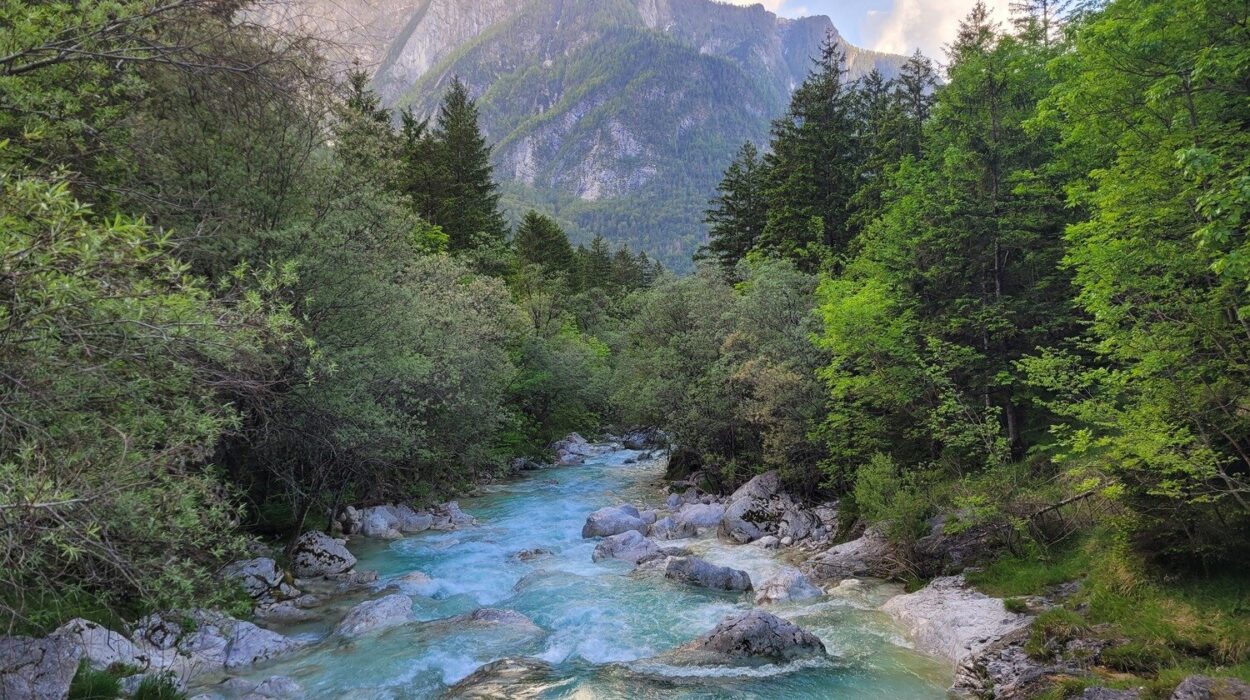If you could step into a time machine and emerge 252 million years ago, you would not recognize the Earth. It would be eerily familiar yet profoundly alien—like waking in a dream where the shapes make sense, but the life that animates them does not. The Mesozoic Era had just begun, and with it, a new chapter in the great saga of life. Earth was healing from the worst extinction event it had ever known. The Permian-Triassic extinction had erased over 90% of marine species and nearly three-quarters of those on land. The survivors lived on a wounded planet—a place where volcanoes still fumed and forests were ghostly shadows of their former selves.
Yet the silence did not last. Life is tenacious. And across the vast, broken supercontinent of Pangaea, evolution stirred again. Over the next 186 million years, Earth would not merely recover—it would transform. The Mesozoic Era, known as the “Age of Reptiles,” was a time of rising giants, vanishing seas, splitting continents, and fierce, radiant evolution. Dinosaurs would rule the land. Giant marine reptiles would dominate the oceans. Flying reptiles would claim the skies. Flowers would bloom for the first time. And by the end of it all, the planet would bear little resemblance to the one that started the journey.
To understand what Earth was like during the Mesozoic is not simply to study fossils or timelines. It is to walk alongside the thunder of sauropod footsteps, to swim beneath the shadows of ichthyosaurs, to watch the first bird leap awkwardly from a branch and flutter into the warm, Jurassic air. It is to witness the world remade.
The Land Before Dinosaurs
The Mesozoic is divided into three periods: the Triassic, the Jurassic, and the Cretaceous. Each has its own climate, its own lifeforms, its own moments of triumph and extinction. In the beginning—during the early Triassic—the Earth was still scarred. The supercontinent Pangaea stretched like a colossal “C” around the vast Panthalassic Ocean, with a smaller sea called Tethys nestled within its arms. Mountain ranges were low, weathering away into dusty plateaus. Vegetation was sparse, made up mostly of hardy ferns and primitive conifers.
The climate was brutally hot and dry across much of the interior of Pangaea. Without many coastal zones to moderate temperature, inland deserts could be scorching by day and freezing at night. Rainfall was rare. Rivers were seasonal, often swelling during brief monsoons and vanishing for months. Ecosystems were primitive. Amphibians clung to waterways, while reptiles—having survived the mass extinction—began to diversify into strange and experimental forms.
Dinosaurs had not yet taken the stage. In these early days, they were minor players, overshadowed by other reptilian groups like synapsids and archosaurs. But slowly, quietly, evolution was sculpting a new kind of creature: more upright, more efficient, better suited to the rapidly changing world. By the middle of the Triassic, the first true dinosaurs had emerged—not as giants, but as swift, birdlike predators no bigger than a dog.
The Rise of the Giants
It was not until the late Triassic and early Jurassic that dinosaurs began to dominate. Earth was shifting—literally. The once-united Pangaea was beginning to rift apart. As the Atlantic Ocean began to open, volcanic activity surged. The eruptions pumped vast amounts of carbon dioxide into the atmosphere, triggering a greenhouse effect. Temperatures rose. Rainfall increased. Deserts retreated. Forests spread.
This was the crucible in which dinosaurs flourished.
With the changing climate came lush ferns, towering conifers, and early cycads. Herbivorous dinosaurs evolved to graze and browse on this new vegetation, and carnivores grew in size to hunt them. The Jurassic landscape was a realm of giants. In what is now North America, massive sauropods like Apatosaurus and Diplodocus wandered across fern prairies, their long necks sweeping over the treetops like living cranes. Each footfall would have shaken the ground like distant thunder.
The air was thick and warm. There were no grasses yet, no flowering plants. Instead, strange dragonflies flitted through the underbrush. Crocodilian ancestors sunned themselves on riverbanks. And above it all, the first true flyers—pterosaurs—glided silently, their wingspans sometimes stretching over 30 feet. They were not dinosaurs, but close relatives, and they ruled the skies long before birds took wing.
The oceans, too, teemed with life. Plesiosaurs with paddle-like limbs coasted through the waves, while ichthyosaurs darted like marine torpedoes after schools of fish. Coral reefs began to reestablish themselves, forming brilliant underwater ecosystems. Ammonites, with their spiral shells, floated serenely in the sunlit shallows, while enormous marine predators cruised the deep.
The Jurassic was a golden age of balance—between ocean and land, predator and prey. Earth was warm, oxygen-rich, and biologically vibrant. But change was coming again, and with it, new evolutionary experiments.
Flowers, Feathers, and Ferocity
By the time the Cretaceous Period began—around 145 million years ago—the continents had drifted farther apart. South America had split from Africa. India had started its northward journey toward Asia. North America was bisected by an enormous inland sea. The rifting of continents caused volcanic activity, which contributed to rising sea levels and warm, humid climates across much of the globe. Shallow seas lapped against coastal plains. Life continued to diversify, but the ecosystems were no longer dominated solely by gymnosperms and ferns.
Something astonishing had occurred: flowering plants—angiosperms—had evolved.
For the first time in Earth’s history, blooms appeared across the land. These early flowers were small and modest by today’s standards, but they represented a revolution. Their pollination, often done by insects like bees, allowed for more efficient reproduction. Seeds could be enclosed in fruit, aiding dispersal. The ecosystem became richer, more complex, more interconnected. With the rise of flowers came new insect species, new herbivores, and the first appearances of fruit-eating animals.
Dinosaurs adapted too. Some of the most famous species—Tyrannosaurus rex, Triceratops, and Velociraptor—lived during the Cretaceous. Far from being lumbering reptiles, many were agile, intelligent, and in some cases, feathered. Feathers likely evolved first for insulation or display, but in certain lineages, they became tools for flight. The link between dinosaurs and birds was growing stronger. Archaeopteryx, often cited as the first bird, had already appeared in the Jurassic. But in the Cretaceous, birds began to flourish, taking to the skies as their ancestors ruled the land.
Marine ecosystems also surged with diversity. Mosasaurs, apex predators of the seas, swam through Cretaceous oceans with crocodilian jaws and flippers adapted for speed. Enormous turtles, squid-like belemnites, and shimmering schools of teleost fish added to the rich tapestry of marine life.
This was a world of vibrant colors, shifting coastlines, high biodiversity, and powerful predators. It was a world on the cusp of transformation, not only geologically but existentially.
The Last Day of the Dinosaurs
For over 180 million years, dinosaurs reigned supreme. Then, in an instant measured not in millennia but in minutes, it ended.
Sixty-six million years ago, a mountain-sized asteroid, six miles wide, slammed into what is now the Yucatán Peninsula in Mexico. The impact released energy a billion times more powerful than the atomic bombs of the 20th century. A shockwave raced around the globe. Firestorms incinerated forests. Tsunamis hundreds of feet high crashed against coasts. But the worst came afterward.
Dust, soot, and sulfuric aerosols were hurled into the upper atmosphere, blocking sunlight. Photosynthesis stopped. Global temperatures plummeted. The food chain collapsed from the bottom up. It was an extinction-level event, known as the Cretaceous-Paleogene (K-Pg) extinction. Three-quarters of all species vanished.
The non-avian dinosaurs—once rulers of every continent—were gone. Mosasaurs, plesiosaurs, pterosaurs, ammonites—all vanished. But life did not end. Some birds survived. Mammals, long confined to the shadows, emerged into the sunlight. The Earth was beginning yet another chapter.
Earth Reborn from Mesozoic Ashes
The end of the Mesozoic was not the end of life’s grandeur. It was a turning point. The continents, still drifting, would form the familiar shapes we see today. Mammals would diversify. Grasslands would emerge. Primates would climb through forests. Eventually, humans would rise and, for the first time, look back across the gulf of time to ask: What came before?
Fossils tell us not just of what once lived, but of what was once possible. They are echoes from a world where giants roamed and flowers first bloomed. The Earth during the Mesozoic was a living canvas—always shifting, always creating, always destroying. It reminds us that stability is an illusion. Life, like the Earth itself, is in constant motion.
Today, the bones of dinosaurs sleep beneath our feet. Their stories are etched into stone, preserved in cliffs and canyons, deserts and seas. Every fossil unearthed is a window into a world that once was—a world that, for all its ancient alienness, still shaped the air we breathe and the life we know.
The Lasting Legacy of the Mesozoic World
Modern ecosystems are built upon Mesozoic foundations. Birds are the living descendants of theropod dinosaurs. Flowering plants, now dominant across the globe, trace their roots to early Cretaceous meadows. Even our atmosphere bears the fingerprints of Mesozoic photosynthesis. The fossil fuels that power our civilizations come from the decayed remains of Mesozoic forests and plankton-rich seas.
Yet the Mesozoic is more than a scientific curiosity—it is a mirror. It reflects both the fragility and resilience of life. It reminds us how rapidly the world can change, how power can shift, how dominance is never permanent. The dinosaurs did not fail. They simply could not foresee what would fall from the sky.
The Mesozoic invites us to imagine Earth not as static, but as a vast narrative—a story with chapters written in lava and bone, in fern spores and feathers. It dares us to look beyond our human timescale and into the deep time that shaped the stage we now walk upon.
It is humbling. It is haunting. And it is beautiful.
